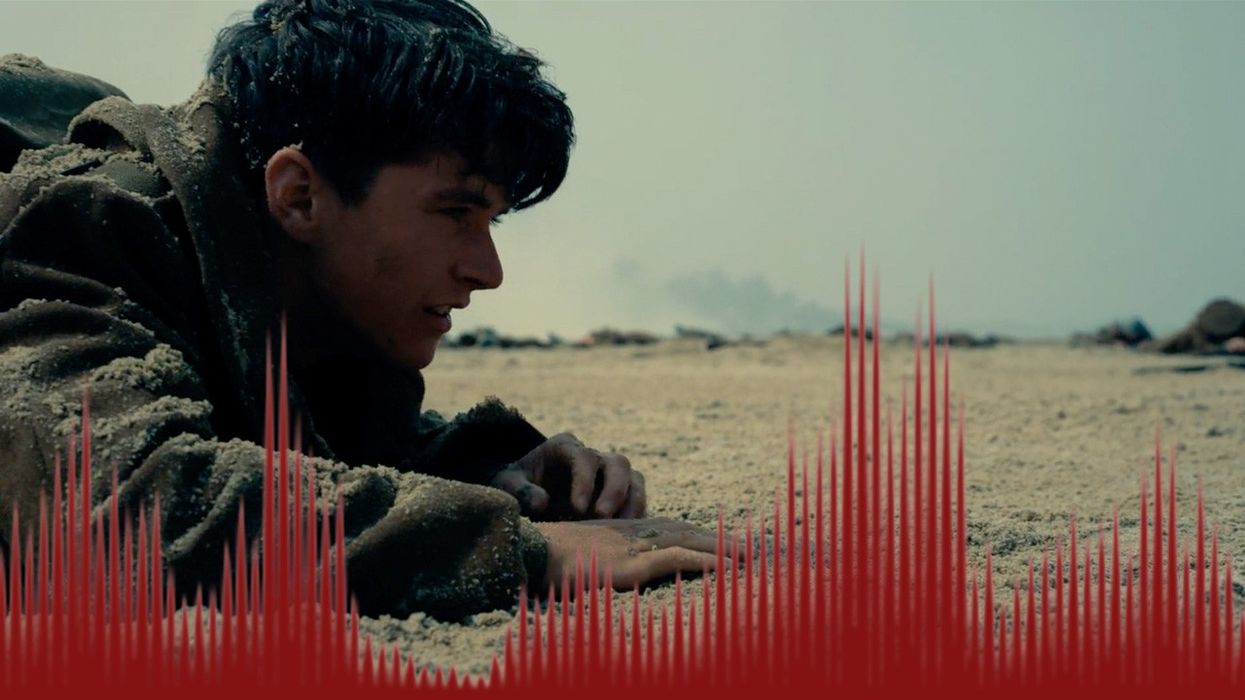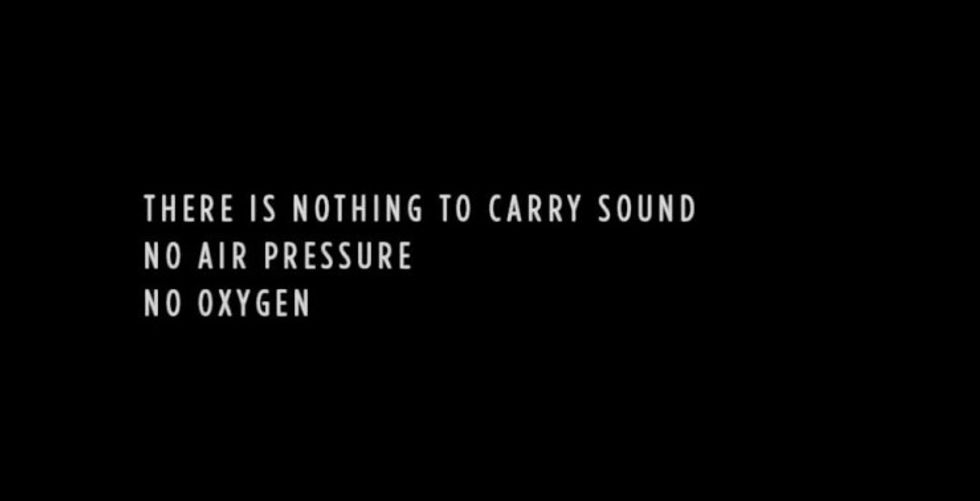How Sound Design Can Make or Break Your Edit
We usually put a lot of attention to the visual aspects of a film. But sound design is often more important in its contribution to the audience experience. How much should we care about sound reality?

Did you know that whenever there’s a sound of rain in a movie, you’re quite likely hearing the sound of frying bacon?
Foley artists fake that sound because it's a more realistic representation than the actual recording of rainfall. And that's just one of many examples of how sound is being recreated. But the ultimate goal is to make the audience feel like they are in a scene.
In my opinion, the more realistic the sound design, the more that goal is accomplished, and therefore the more the audience appreciates the effort. Even if it's on a subconscious level.
Things like the speed of sound, a Doppler effect, frequency response, and so on should be carefully considered in the editing room.
In the following video, I take a look at some unique sound design choices that in my opinion could serve as inspiration and benchmarks when crafting your own edits. I even had a chance to talk to Frances Parker, ACE, about her work on The Crown episode "Gold Stick." (Just a warning—minor spoilers ahead.)
Check out my video below!
I love how a distant explosion is shown in HBO's mini-series Chernobyl (episode one, edited by Jinx Godfrey) and the "Gold Stick" episode of The Crown. Both are realistic representations of real-life experience but the latter one juxtaposes the explosion with a consecutive shot, which is so rewarding for the viewer.
Frances Parker, ACE, known for her work on Game of Thrones and Band of Brothers among many others, talked to me about the intercutting sequence that ends with that explosion. She said that initially it was only planned to happen underwater. But as notes came in, they decided to include the surface explosion as well. That's when the idea about cutting it with the sound of gunfire was born.
For a full interview with Frances, follow the Cut to Reveal podcast. She shares some amazing insights, including an anecdote about her first encounter with Steven Spielberg when working on Band of Brothers (for which she won an Emmy).
I also love how the creators of the film Gravity dealt with preparing the audience for what's coming.
They introduced a card at the very beginning of the film saying that “there’s nothing to carry sound” in space. This way we not only understand sound design choices better but also appreciate the attention to detail.
An exceptional example of a film with amazing sound editing choices is the Oscar-winning film, Sound of Metal. It’s a story about a drummer who loses his hearing and learns to cope with his new way of living. We constantly switch between points of view, or to be precise, between points of hearing. Sometimes we hear everything from the perspective of Ruben, sometimes from an observer’s standpoint, and yet another time we experience the noise thatthe main character deals with.
These filmmakers have asked themselves a question. Whose perspective is the most impactful for a given scene? And obviously, filmmakers do it all the time, but it’s most often about who a camera is with. In Sound of Metal, it’s about what makes a scene most impactful by choosing a hearing point of view.
But, to be clear, it's okay to ignore reality sometimes. For example, it's completely fine in the case of sitcoms. We don’t expect everything to be accurate for a TV show like Friends or Modern Family. But the opposite is true for a dramatic film. We just appreciate an extra effort. That someone tries to convey a scene in a realistic way.
So next time you work on a film, think about whose "hearing point of view" is most interesting for a given scene.












